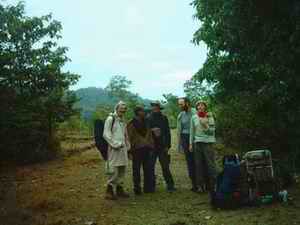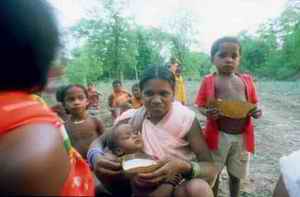EQUIPMENT AND OTHER NEWS
·
What to take
during trekking
Normal equipment for trekking. Rucksack, trekking boots (but old normal tennis shoes are also good), sandals, water bottle, torch, cutlery and plate, cup, medicines and other personal belongings. A sheet, blanket or sleeping bag for the night. Remember that around December-January it can be very cold during the night in the jungle. Especially from June to September some rain protection equipment. For all the treks inside the natural parks, it is recommended not to wear clothes with showy bright colors in order not to be easily seen by the animals.
Warning: Remember that everybody carries their own rucksack, therefore it is better to limit all the surplus luggage. My advice it is not to exceed 12-13 kg in total weight. To this, one must add around 1 kg per person for the tent. All the food supply, cooking pots, specific medicines, filters, water purifier and any other indispensable thing necessary for the trekking will be carried by me and others porters.
· Who carries my luggage?
These are not "tamed" treks, they
are addressed to people searching for something different. I want also to
make clear that it is certainly not necessary to
be a super athlete or someone like Rambo, but just normal people with the love
to do trekking with a particular
approach.
So they are not treks for example in the Nepalese style, where in some cases it is important to make use of many porters. In order to avoid a heavy impact on the little villages that we are going to visit, we shall try to limit the number of porters to the minimum possible.
· We are a big group of …
The presence of a large group of "white people" in the more tiny and isolated villages, will often appear in the eyes of the tribal like an invasion.
Regarding the trekking inside some natural parks, it is better if the group consists of not too many people. Normally the number of animals seen is the inverse to the number of people, without considering others problems connected with safety.
The ideal group should not to be more than five people, and in any case we shall not lead any group
with more than five persons in the more intact and traditional tribal village. Only for some less demanding
trekking can the group be of more than
 10
people.
10
people.
· Eating and drinking
The menu will be based on rice, pasta, pulses, vegetables, fruit and when possible fish, chicken or other food available in the villages. Bread, biscuits, chapatis, cornflakes, honey, jam, milk, tea and coffee for breakfast.
During the trekking, we shall drink water from wells, fountains, lakes, springs, streams or rivers. All the water will therefore always be filtered and purified with the best and latest equipment. It is not necessary to bring filters, purifiers or water-potabilizing tablets.